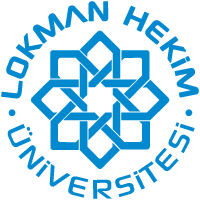| dc.description.abstract | Objective This study aimed to ascertain the effects of astaxanthin (ASX) in an experimental necrotizing enterocolitis (NEC) model using rat pups.
Study Design Forty-two pups born from five Wistar albino rats were randomly divided into three groups as the control group, NEC + placebo (saline), and NEC + ASX. Pups in the NEC + ASX group were given 100 mg/kg/day oral ASX from day 1 to day 4 of the study. Saline of 2 mL/kg was given to the NEC + placebo group. Histopathological, immunohistochemical (caspase-3), and biochemical evaluations including the total antioxidant status (TAS), total oxidant status (TOS), superoxide dismutase (SOD), glutathione (GSH), lipid hydroperoxide (LPO), 8-hydroxydeoxyguanosine (8-OHdG), advanced oxidation protein products (AOPP), myeloperoxidase (MPO), tumor necrosis factor-alpha (TNF-alpha), interleukin-1 beta (IL-1 beta), and nuclear factor erythroid 2-related factor 2 (Nfr-2) activities were all performed.
Results A better survival rate and weight gain were demonstrated in the NEC + ASX group ( p < 0.05). In the histopathological evaluation, the severity of intestinal damage was significantly reduced in the NEC + ASX group, as well as decreased apoptosis (enzyme-linked immunosorbent assay [ELISA] for caspase-3; p = 0.001). The biochemical analyses of intestinal tissue TOS, oxidative stress index (OSI; TOS/TAS), IL-1 beta, LPO, 8-OHdG, AOPP, caspase-3 ( p < 0.001 for all), and TNF-alpha and MPO ( p = 0.001 for both parameters) levels were lower in the NEC + ASX group than in the NEC + placebo group. Nrf-2, TAS, GSH, and SOD levels were higher in the NEC + ASX group than in the NEC + placebo group ( p = 0.001, 0.001, <0.001, and 0.01, respectively).
Conclusion ASX treatment has been shown to effectively reduce the severity of intestinal damage in NEC due to its antioxidant, anti-inflammatory, and antiapoptotic properties. | en_US |














